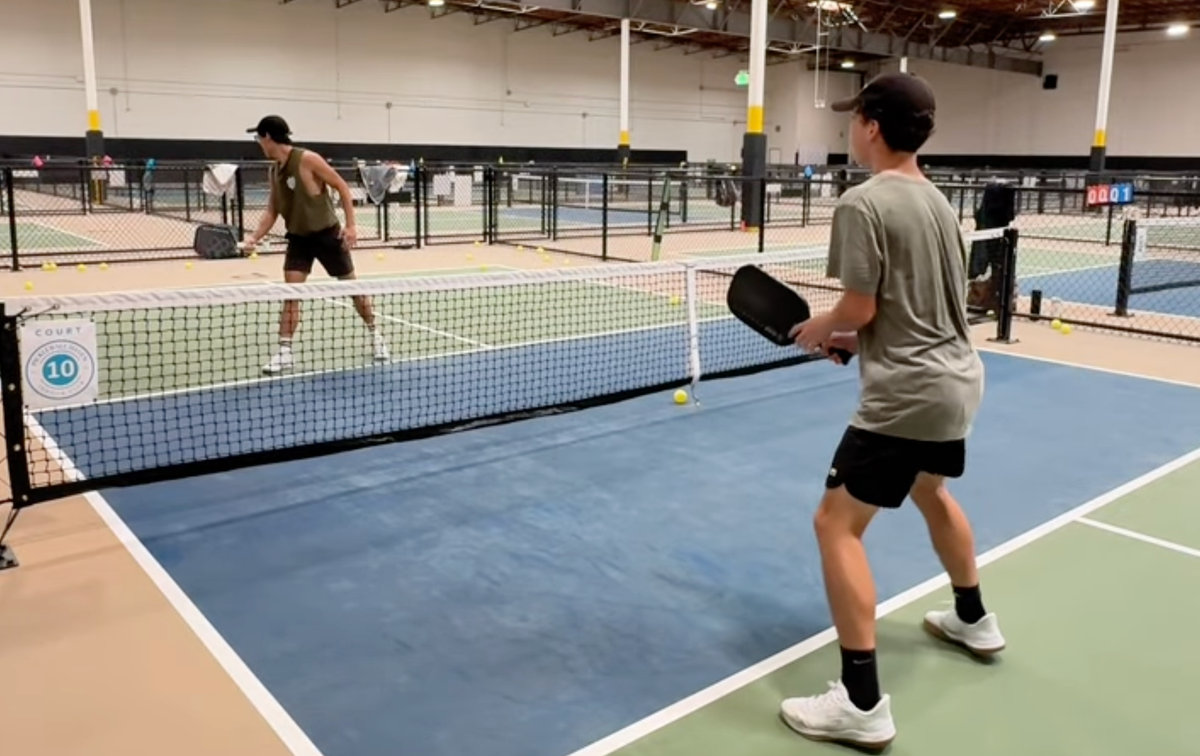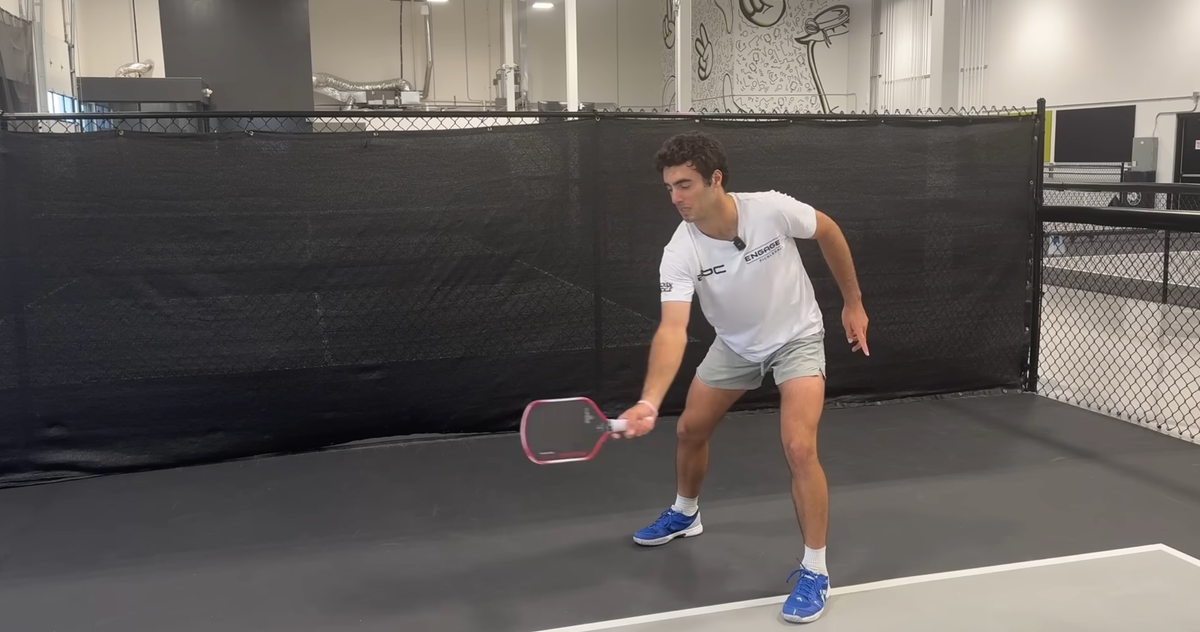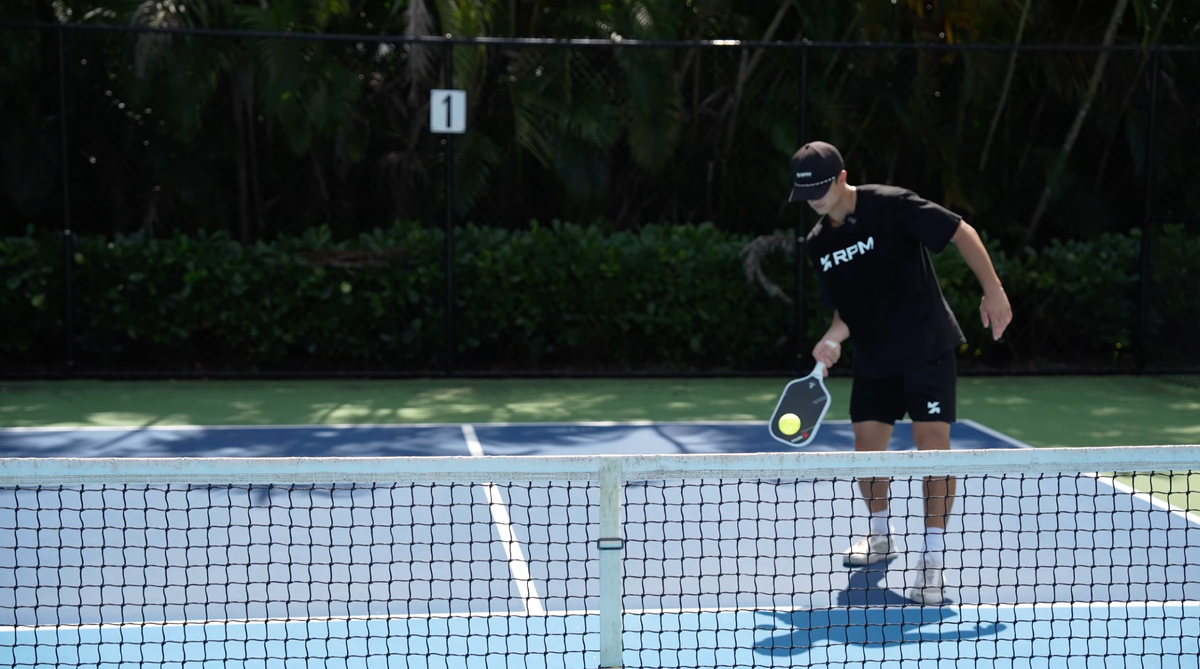
kerry_pittenger_pickleball
Quick Links
Hey guys, it’s John from John Cincola Pickleball. Getting to a 5.0 level in pickleball is not at all easy. It can take a very specific set of skills. In this article, I’m going to walk you through what I think are the top three most important skills to help you break through that barrier.
Of course, if you’re looking to get to the 5.0 level, you’re going to need to have all the basics down. You’re going to have to be able to dink, drop, drive, volley, and block at a pretty high level. Today, we’re going to talk about some more specific things—three things that, if you’re right on that borderline of 4.0 or 4.5, may push you over the top.
1. Counter Attacking
The first thing we’re going to talk about, and what I think is probably the most important skill on the pickleball court, is counterattacking from the kitchen line.
(A counterattack in pickleball is a quick, aggressive response to an opponent’s shot, using their power to regain control or shift the point in your favor, typically near the net.)
Why do I think this is so important? Basically, if you can’t counterattack and your opponents know it, then nothing else you do up here is going to matter.
Even if you’re a better dinker or your drive is better, if you get to the kitchen line and your opponent knows that you struggle to counter their pace or speed-ups, they’re going to do that every time. It will render everything else you do useless. This skill serves as the floor for the level of your game. If you’re a 4.0 counterattacker, it’s going to be impossible for you to be anything higher than a 4.0, even if your other skills are great.
How to Get Better at Counter Attacking
Now that we know why it’s important, how are we actually going to get better at it? The way I see it, there are really two skills involved in having good hands. The first is your reaction time, which means how quickly you can read the ball off someone’s paddle, decide where it’s going, and then react to it.
The second is actually the technique of how you hit the ball. Is our swing too big? Is our follow-through too big? Are we staying nice and compact, and are we staying controlled? All those things are wrapped up in technique.
The Drill
The drill we’re going to do to work on these two skills is pretty simple, but it’s going to give us a lot of reps. You’ll be at the kitchen line, and your partner will be at the kitchen line as well. You’re going to volley back and forth. To start off, volley in a specific pattern.
The first one is forehand to forehand—my forehand goes to my partner’s forehand (Figure 1). You’ll do that for about two minutes. The benefit of this is that you don’t have to worry about reaction time. For the most part, you’ll know where the ball is going: to your forehand. You can just focus on technique and making sure your forehand volley looks and feels good.
Figure 1
Once you’ve got the forehand down, do the same thing on the backhand side. Again, work on that backhand technique. We want nice, compact positions, not too big of a follow-through, and no being thrown off balance. Keep your takeback nice and small with crisp swings.
After that, you’ll move to random volleys with your partner, where the ball could go anywhere. This helps combine the good technique you’ve practiced with reaction time, so you’ll be able to read the ball and react to either the forehand or backhand side.
2. Dinking Out of the Air
The second concept we’re going to talk about is dinking out of the air. Taking the ball out of the air is crucially important because teams are generally more successful if they control the kitchen line and the space there.
If every time the ball comes, I’m stepping back and playing from behind the kitchen, I’m giving my opponents more room and bigger windows to hit into. But if I’m holding the line, reaching in, and dinking out of the air, I’m controlling all of that space and shrinking their targets. This makes them uncomfortable and forces them into smaller windows for hitting good shots.
Air Dinking Mindset and Technique
When we dink out of the air, we want to re-dink the ball first before adding speed. Too many players take the ball out of the air and try to speed it up right away. From a technical standpoint, this is not a difficult shot, but the problem lies in the mindset.
When we’re at the kitchen line, we often expect the ball to bounce. So when someone hits us a shot, we’re not prepared to take it out of the air, and we feel rushed. The biggest tip I can give you is to flip that mindset. As your opponent hits the ball, think first, “I’m going to take this ball out of the air.” This keeps you up at the kitchen line, ready to reach in.
If the ball doesn’t come in the air, then you can let it bounce or take a half volley. But it doesn’t work the other way around. You can’t think about letting the ball bounce first and then decide last second to take it out of the air, or you’ll be rushed and miss too many shots.
The Drill
To practice this, I like to use the “Full Extension Drill.” One person dinks normally while you work on taking everything out of the air. Get up to the kitchen line with good posture, balanced, and low using your legs. Extend your paddle fully, out to your shoulder without overreaching, and intercept anything you can out of the air (Figure 2). Only let balls that would bounce in front of your paddle drop. The goal is minimal movement, staying in that extended position, and bumping the ball back.

3. Developing a Weapon
The third thing is less of a specific skill and more of an awareness about how you approach the game. You need to develop a weapon. The common narrative is that we should work on our weaknesses, and of course, that’s a great idea. You should always try to improve what you’re not good at. But at the same time, we often forget to play to our strengths.
If you’re a power player, use that power. If you like to drive the ball, drive it more. If you’re fast, use your speed to lengthen points. If you’re patient and calm, try to engage in longer points and wear your opponents down. Figure out what your strength is, and then build points around it.
For example, my strength is my forehand. I’m always looking to find my forehand, whether it’s a drive at the kitchen line, a dink, or speeding up off the bounce. I actively look to get into patterns that promote my strengths, especially when games are tight. If it’s 9-9, I want to rely on shots I’m most confident in, not the ones I’m still working on in practice.
Wrapping Up
Thanks for reading! Don’t forget to grab your screenshots so you have all this information right at your fingertips next time you hit the court.
For exclusive content and full-version tutorials, make sure to check out my YouTube channel, John Cincola Pickleball.
Anuncie Aqui / Advertise Here
Sua marca para o mundo Pickleball! / Your brand for the Pickleball world!

 English
English  Spanish
Spanish  Portuguese
Portuguese  German
German  Italian
Italian  Japanese
Japanese  French
French  Polish
Polish  Russian
Russian  Netherlands
Netherlands  Hungarian
Hungarian  Turkish
Turkish  Videos
Videos  Pickleball Portal
Pickleball Portal








 English (US) ·
English (US) ·  Portuguese (BR) ·
Portuguese (BR) ·